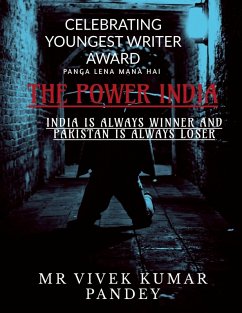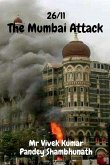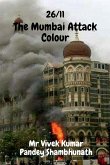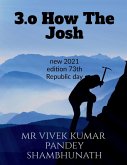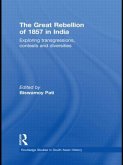Wars Refugees awaiting evacuation by IAF Dakota on Poonch Airstrip, December 1947. Indo-Pakistani War of 1947 Main article: Indo-Pakistani War of 1947 Indian soldiers during the 1947-1948 war. The war, also called the First Kashmir War, started in October 1947 when Pakistan feared that the Maharaja of the princely state of Kashmir and Jammu would accede to India. Following partition, princely states were left to choose whether to join India or Pakistan or to remain independent. Jammu and Kashmir, the largest of the princely states, had a majority Muslim population and significant fraction of Hindu population, all ruled by the Hindu Maharaja Hari Singh. Tribal Islamic forces with support from the army of Pakistan attacked and occupied parts of the princely state forcing the Maharaja to sign the Instrument of Accession of the princely state to the Dominion of India to receive Indian military aid. The UN Security Council passed Resolution 47 on 22 April 1948. The fronts solidified gradually along what came to be known as the Line of Control. A formal cease-fire was declared at 23:59 on the night of 1 January 1949.[9]:379 India gained control of about two-thirds of the state (Kashmir valley, Jammu and Ladakh) whereas Pakistan gained roughly a third of Kashmir (Azad Kashmir, and Gilgit-Baltistan). The Pakistan controlled areas are collectively referred to as Pakistan administered Kashmir.[10]
Bitte wählen Sie Ihr Anliegen aus.
Rechnungen
Retourenschein anfordern
Bestellstatus
Storno

